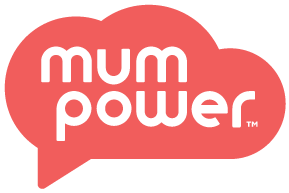October 28, 2022
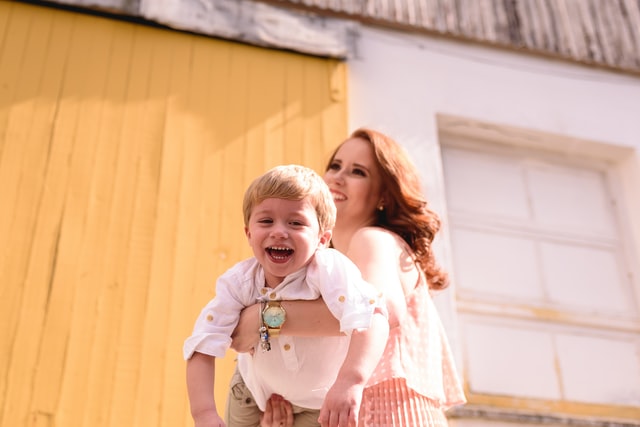
The most common questions asked relating to Australian Mums are all here, from how many Mums are there to how many births and more.
Overview
Want to find all the stats about Australian Mums in the one place? Well you’ve chosen well.
Here we outline the most up to date research as it relates to common questions asked about Australian mothers, starting with…….
How many Mums are there in Australia?
There are more than 6.5 million mothers in Australia according to the Australian Bureau of Statistics, with close to 3 million of these Mums having dependent children / students living with them in their household.
The most common number of children for a mother to have is 2, with 43% of Australian mothers having 2 children.
Mothers # of children born:
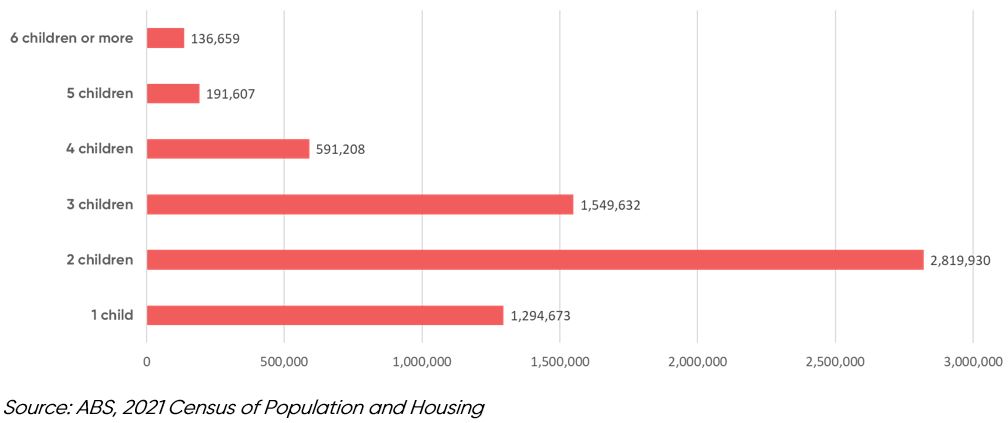
How many babies are born in Australia each year?
Australia registered 309,996 births in 2021, that’s a baby born just under 2 minutes of every day in the year!
This represented an increase of 5.3% (or 15,627 births) from 2020 and lifted the total fertility rate (TFR) to 1.70 babies per woman following a record low in 2020 (1.59). The total fertility rate required for replacement is currently considered to be around 2.1 babies per woman to replace herself and her partner. The total fertility rate has been below this since 1976. The global average fertility rate is around 2.3 children per woman today.
Source: Australian Bureau of Statistics, Births, Australia 2021
Geographic distribution of babies born
All Australian states and territories had an increase in 2121 of registered births from the previous year. The largest contributors to the increase in registered births were:
- Queensland (4,745 births or 8.0%)
- South Australia (1,209 births or 6.5%)
- New South Wales (5,721 births or 6.1%).
Gender at birth
Of the 309,996 births in 2021, 51.3% were males, resulting in a sex ratio at birth of 105.2 male births per 100 female births.
Source: Australian Bureau of Statistics, Births, Australia 2021
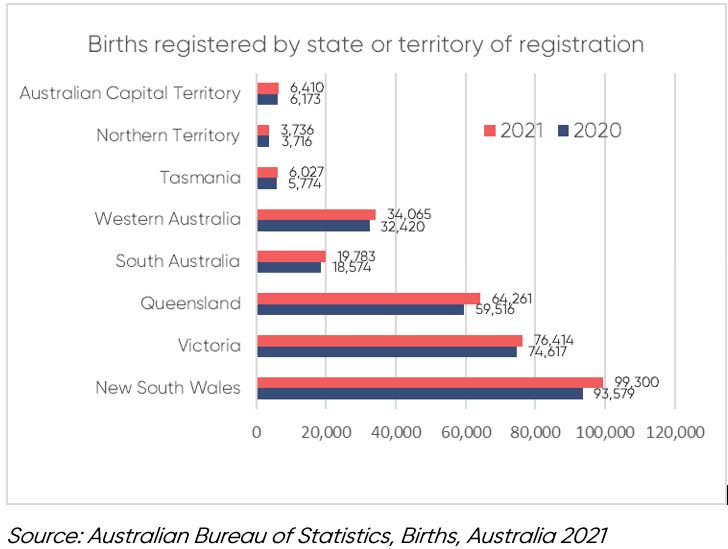
How many mothers breastfeed in Australia?
- The vast majority of mothers breastfeed with most (95.9%) children aged 0-3 years having received breast milk.
- One in three (35.4%) were exclusively breastfed to 6 months
- More than half (54.2%) were introduced to solids at 6 months or later.
Fertility rate by age group
Fertility rates are based on the babies born per 1,000 women.
In 2021 all age groups except 15-19 years showed an increase in fertility rate from 2020.
- Women aged 30-34 years had the highest fertility rate at 120.6 babies per 1,000 women.
- Women aged 15-19 years had the lowest fertility rate at 7.1 babies per 1,000 women.
Source: Australian Bureau of Statistics, Births, Australia 2021
How many families are there in Australia with dependent children / students?
The short answer, there are more than 3 million Australian families who have dependent students / children in the household, and in more than 2.9m of these families there is a Mum in the household.
There are 2.4m couple families in Australia with dependent students and children aged under 15 in the household. The average number of persons in these household is 4.0, so 2.0 students / children.
One parent families are less prevalent with 674,066 single parent families with dependent students and children under 15 in the household. The average number of persons in these household is 2.8, so 1.8 students / children. In four out of every five of these one parent families, the parent is female.
Source: ABS, Census, HH and families data 2021, Family composition (FMCF) variable
How many Australian children are at primary and secondary school?
- Government schools held the greatest share of enrolments (65.1%), followed by Catholic schools (19.5%) and Independent schools (15.4%).
- Two-thirds of schools are solely primary schools, the higher volume required due to the smaller student numbers per school in primary compared to secondary schools who tend to have higher student numbers and capacity.
How is the current economic climate impacting household spending?
Australian consumers are starting to feel the inflationary pinch, and research indicates consumers intend to heed the Reserve Bank’s narrative to households that it’s a good idea to cut back on your spending during challenging economic times, noting the whole point of the RBA raising interest rates is to get people to spend less so inflation cools.
Mumpower research in October 2022 found that that Australian Mum Shoppers, who control or influence approximately 85% of household discretionary spend in family households, intend to take action with 94% stating they are likely to cut back their household spending in some way over the coming 6 months.
The research found that some categories are set to weather current conditions and these spending cuts better than others. Read more here
How do Mothers influence discretionary spend?
Mums significantly influence this discretionary spend. Mumpower’s own proprietary research found that in general, more than three-quarters (76%) of Mums control or influence household discretionary expenditure for some categories, through to 94% for certain categories – read more here about influence of spend per product category.
What is the average grocery bill in Australia?
Australian households spend on average $152 per week on groceries, according to Canstar Blue’s latest survey of supermarket shoppers conducted in July 2022. This equates to approximately $608 a month or $7,296 a year.
The amount spent is impacted by several variables including the number of people living in a household, location, whether you live in a regional or metropolitan area, the age of children and various other lifestyle factors.
This table below shows the average weekly grocery bill in Australia by household size.
| Household size | Avg weekly grocery bill |
| 1 | $104 |
| 2 | $144 |
| 3 | $178 |
| 4 | $203 |
| 5 or more | $235 |
Source: Canstar Blue research, July 2022.
Households in Western Australia reported the lowest average weekly grocery bill of $143, while those in Tasmania spend the most at the supermarket, to the tune of $160 per week ($17 more). Victoria spends $147, while New South Wales and ACT spends $151, South Australia $153 and Queensland $159
To see the average weekly grocery bill by Supermarket, by Age Group, by Household income, insights into what most Aussies buy in their weekly food shop as well as the Top 10 tips to save money on groceries, view the summary of Canstar Blue’s research findings here Average Grocery Bill | Australian Living Costs – Canstar Blue
Work Status of Mothers (with dependent children)
35% of Mothers with dependent children have motherhood as their full time job, whilst 31% are part time and one-third (33.6%) full time.
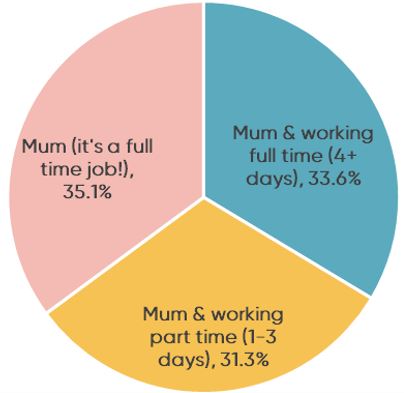
Source: Australian Mums Today, a comprehensive research study commissioned by Mumpower and designed to capture Mums current sentiment, their present-day consumer buying behaviour and the exact reasons Mums will or will not buy was conducted from October 5-16, 2022 amongst 515 Australian Mums, with the sample representative of the Australian population.
Stay on top of these and other trends as identified by our vast network of Mum Shoppers and Mum Influencers by:
- signing up to our newsletter (form at the bottom of the website)
- by following us on Linkedin here.
- And listen now to Mastering the Mum Market Podcast
